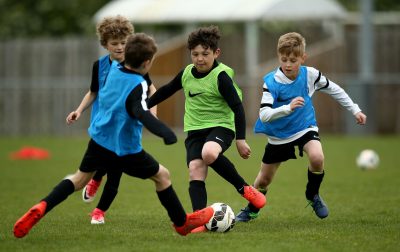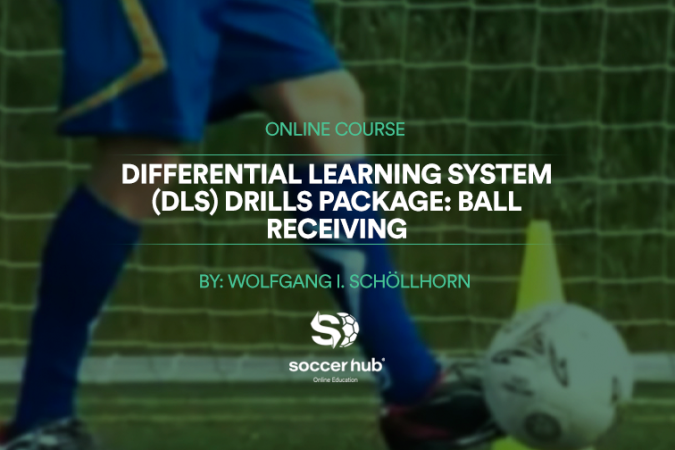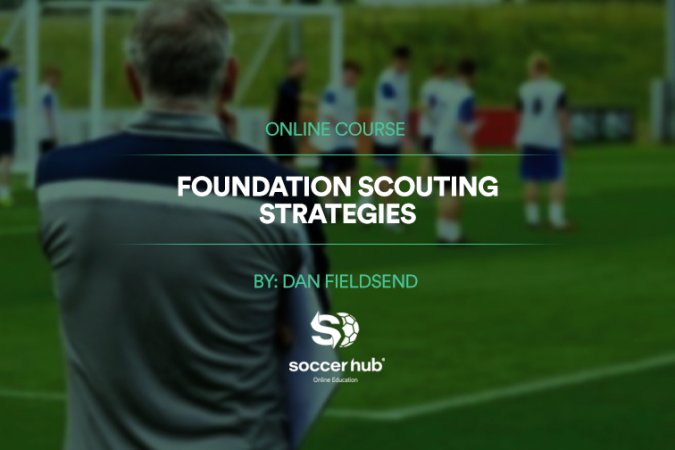

SSG’s – Developing Game Intelligence through the Interaction
How can I recreate a better Learning Environment for my players to understand what I want from them in the game? This is the “million dollar question” that majority of the coaches ask themselves while planning practices.
According with my beliefs and my experience, players learn better PLAYING. We need to recreate a Learning Environment where they will get to the answers through a variety of different scenarios, and different constraints.
Personally, I use a non-linear approach (Non-linear pedagogy is a learner-centered approach to skill acquisition. A terminology for teaching/coaching using task and environment designed to develop skill acquisition) based in SSG’s and progressively manipulation of the constraints, those interactions will guide them to answers, and fast decision-making over the games.
Before we talk more about SSG’s, it’s important to explain that (in my opinion) tactical input should also be present while designing/creating exercises. When developing a player, we should focus individually (on each player), but in the field every player will have an important role in the team game. Every exercise should represent our Game Model/Ideology and be a guideline for our players better understanding the Principles, sub-principles and sub sub-principles defined on our Game Model/Ideology. This Game Model should be transversal and uniformly applied through all age groups, for example, if the adult team plays in 4-3-3 all teams should play in that formation or (in case of 5v5, 7v7 or 9v9) in a formation that will evolve into the final 4-3-3 by 11v11. This uniformity will provide better understanding of the game and common principles, with cognitive, tactical, technical, physical and social tools for the future.
SSG’s need to recreate the best Learning Environment/Experience that will promote skill acquisition from players, always with tactical principles present, to reflect game reality and easier understanding of When, Where, How and Why, promoting Decision-making and encourage players to look for options and obviously make the best decisions.
This methodology increases the capacity of problem-solving, and the “manipulation” of constraints will challenge them even more, focusing the players to adapt to the constantly changing of Game situations/scenarios. The constraints can be manipulated in 3 categories: Performer, Environment and Task.
Benefits of SSG’s:
- Increase the number of touches on the ball
- Increase the amount of interactions
- Increase the pace of the game
- Increase the amount of decisions
- Increase the speed of decision-making
- Increase the fitness of the players
- Increase the tactical understanding of the Principles, and positioning
- Increase mobility of players
- Increase the awareness
- Increase “playing time”, more participation
- Increase amount of goals, and goal chances, improving self-esteem and confidence
SSG’s are a “zoom in” recreation of a Game situation and/or principle (it can be 1v1,2v2,2v1,3v3,3v2,3v1,4v4,4v2,4v1,5v5,7v7,etc..), that will allow you to manipulate constraints (like mentioned before), such as field dimensions, number of players, overloads or underloads, number of touches on the ball, condition play’s, type of surface, size of ball, ball type, GK or no GK, types of execution, physical effort, direction, transition, connection between sectors, etc… always focusing on increasing the pace of the game, improve the amount and quality of the decision-making, and increasing the amount of interactions of every single player on and off the ball. Increasing the complexity of the exercise, will increase consequently the tactical behaviours during practices/games, and improve the Perceptual-Cognitive skills for soccer.
Hope this explanation can help you improve your methodology, any suggestions or questions please don’t hesitate to contact us.
Thanks for reading.
Founder of Canadian Soccer Coaches Network
Learn more about this topic
Course
Get to know more about Soccer HUB!
Categories
Latest Courses
-
9 Lessons
-
1 Lesson
-
6 Lessons
You May Also Like
- Blog
- August 1, 2022
- Blog
- June 3, 2022
- Blog
- May 27, 2022
Developed by Brandit Digital Media Services.






